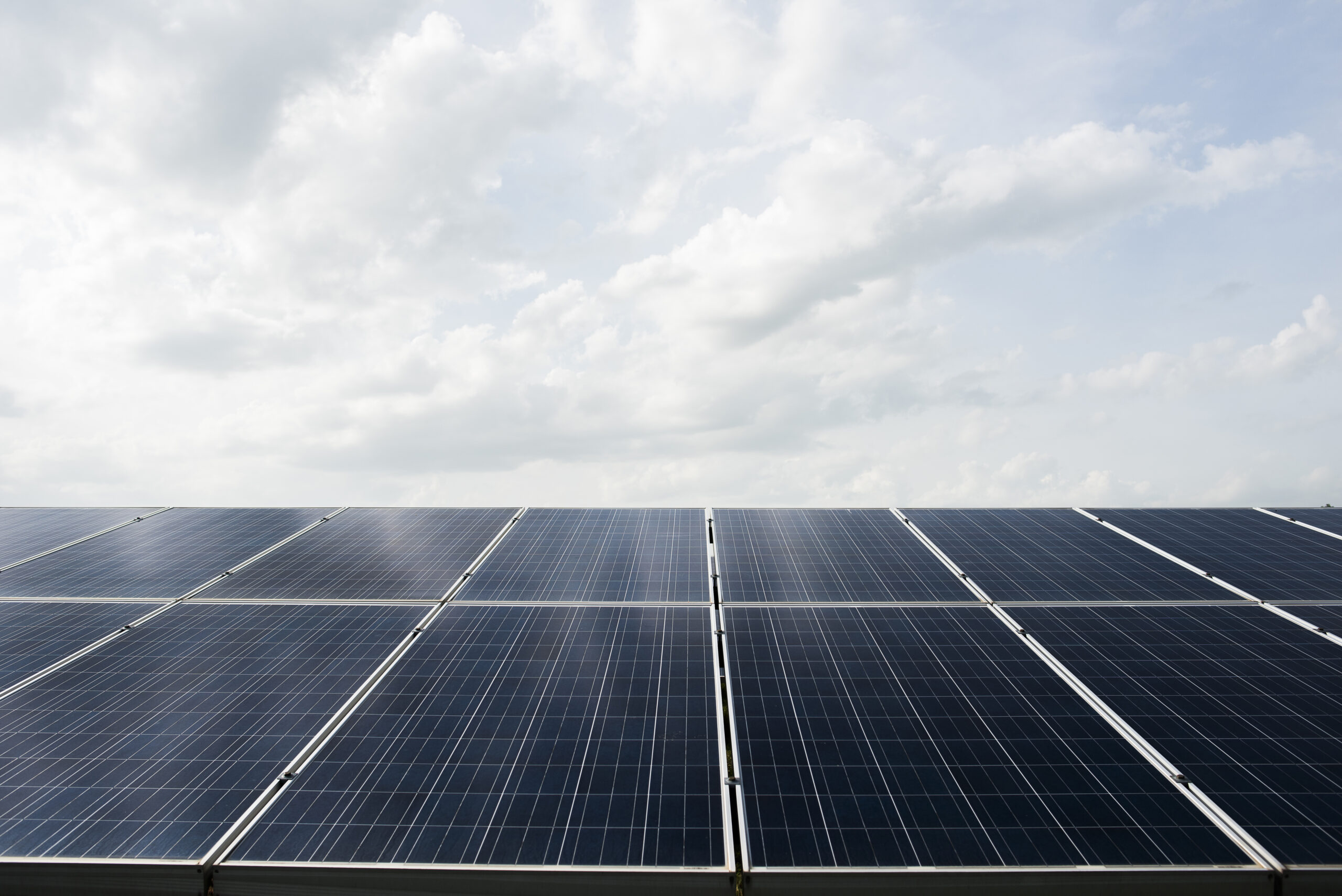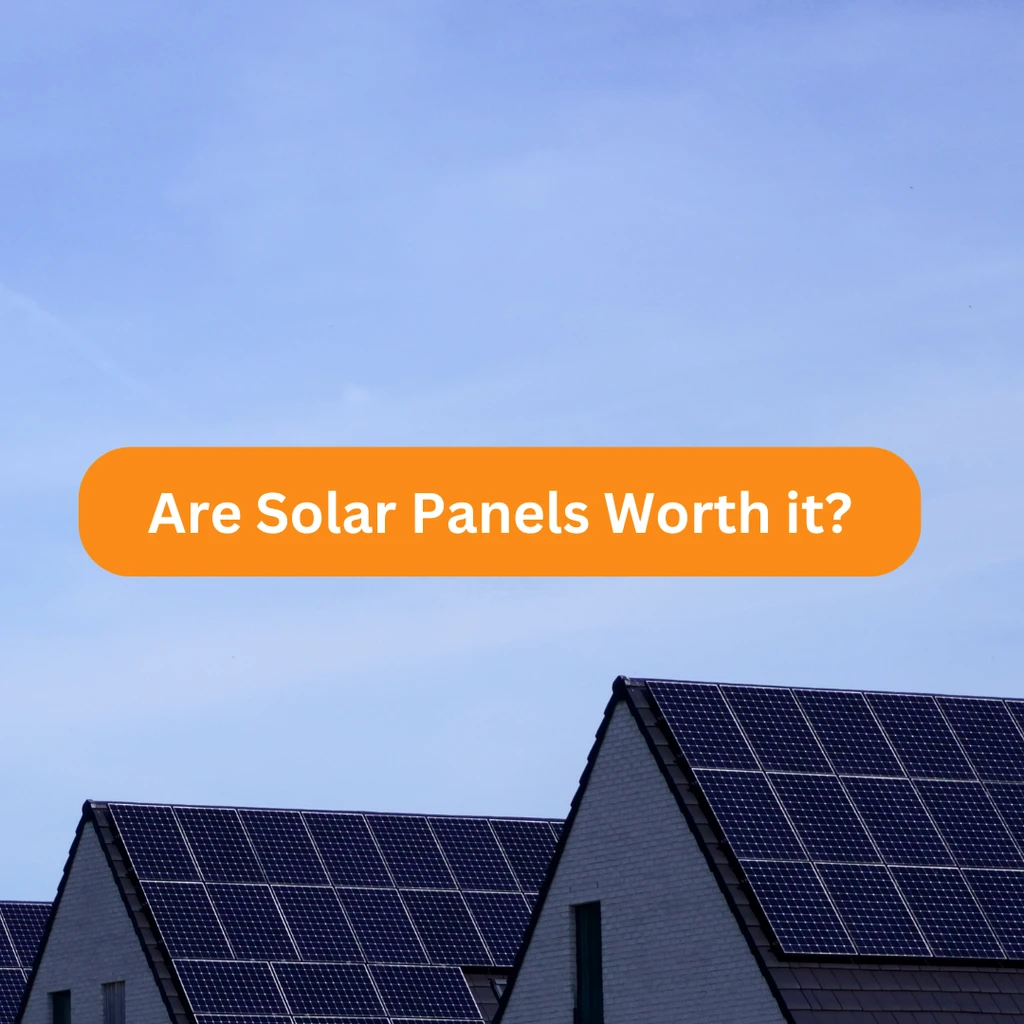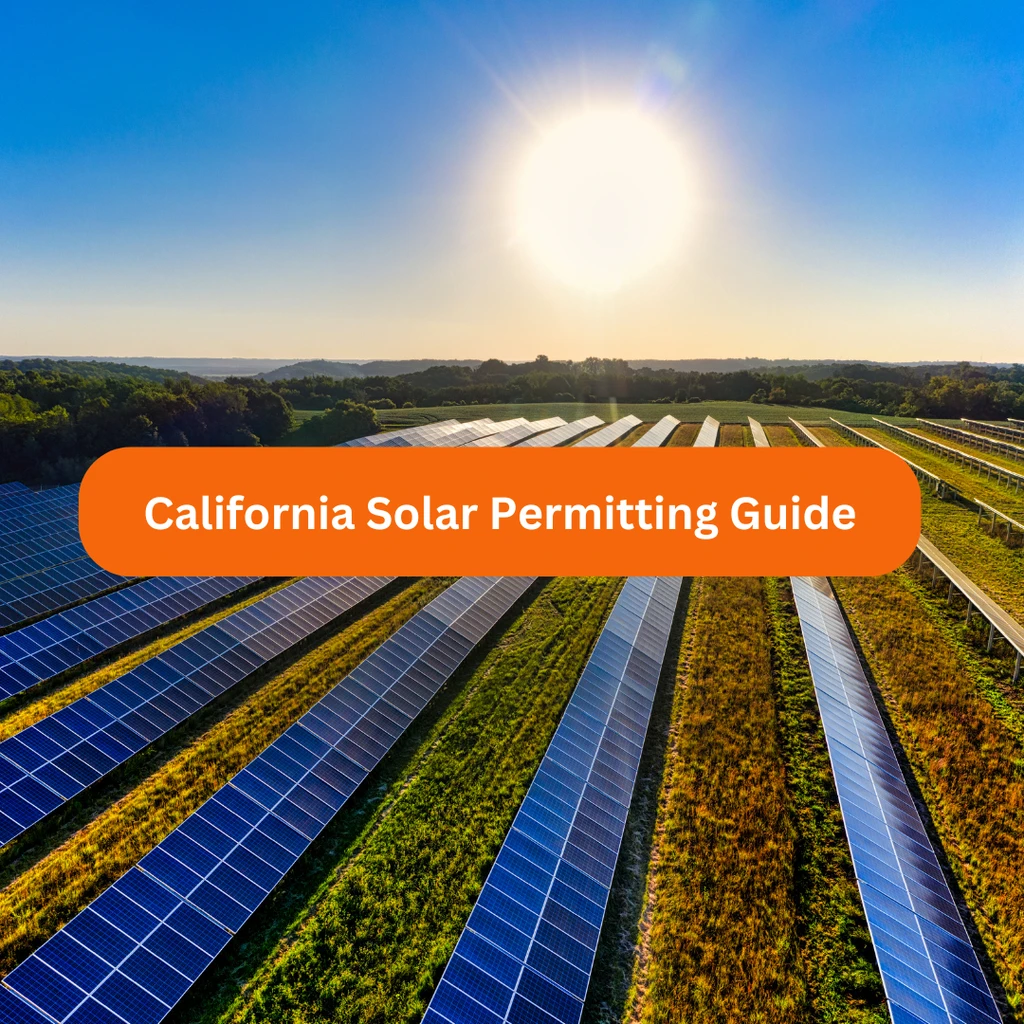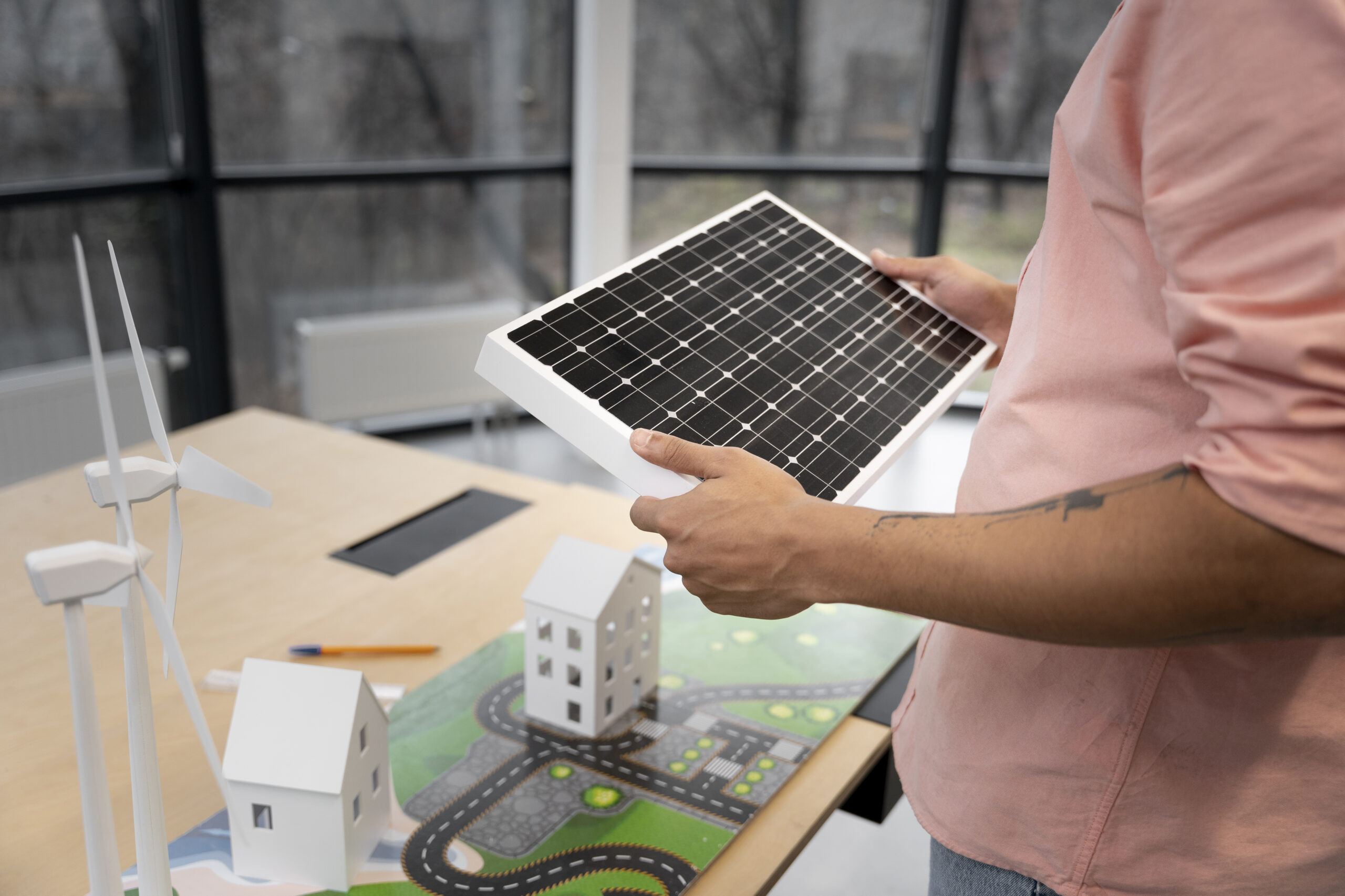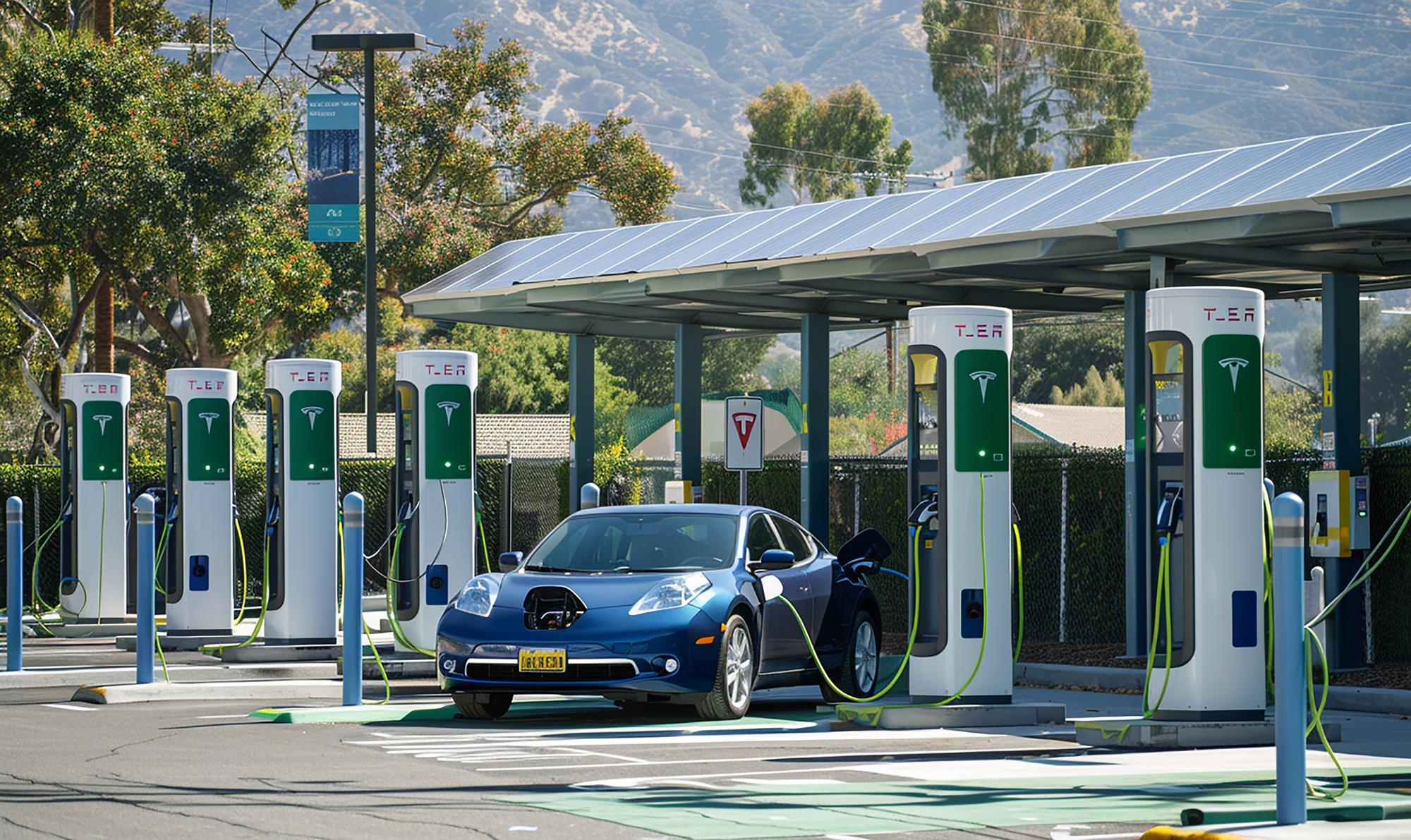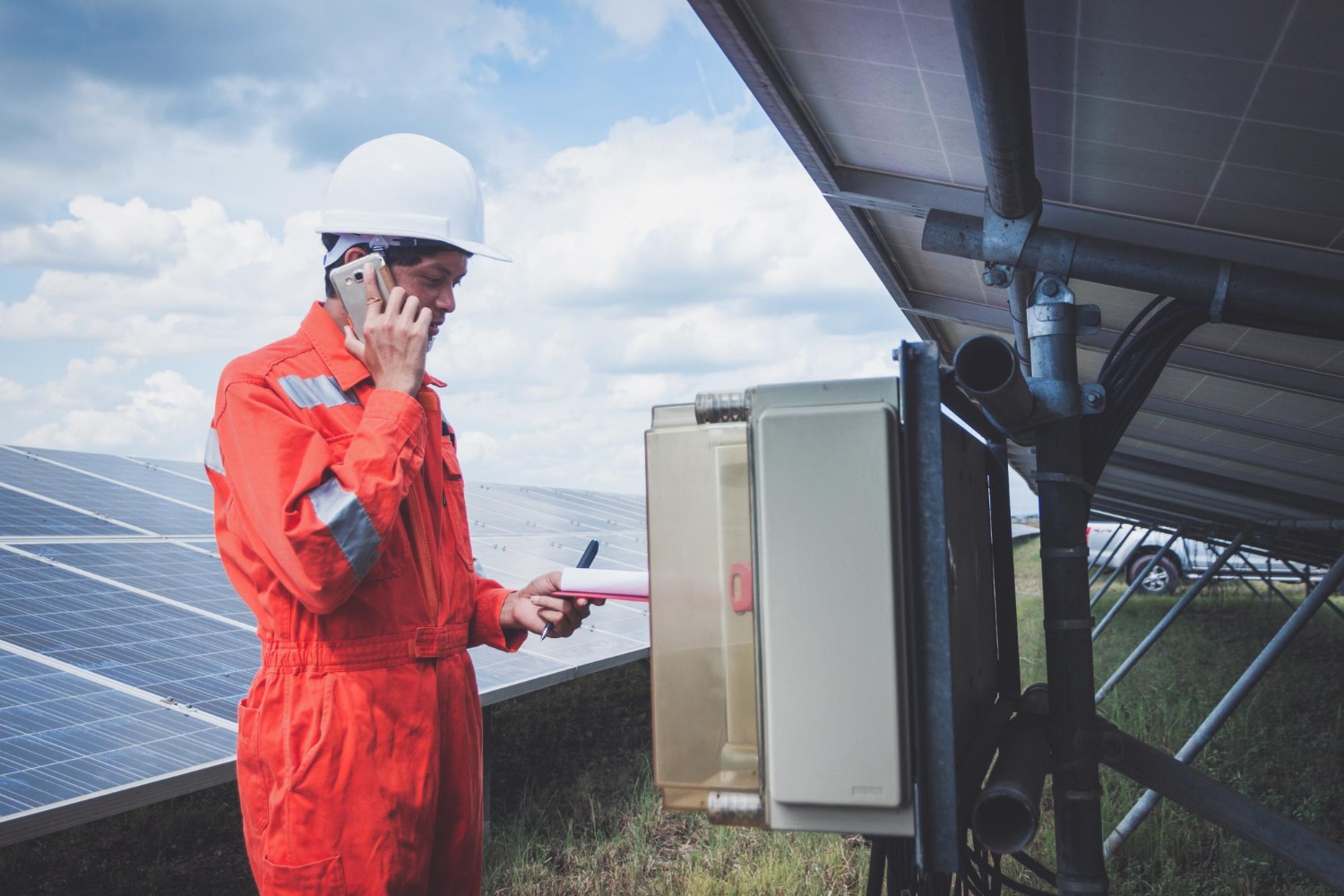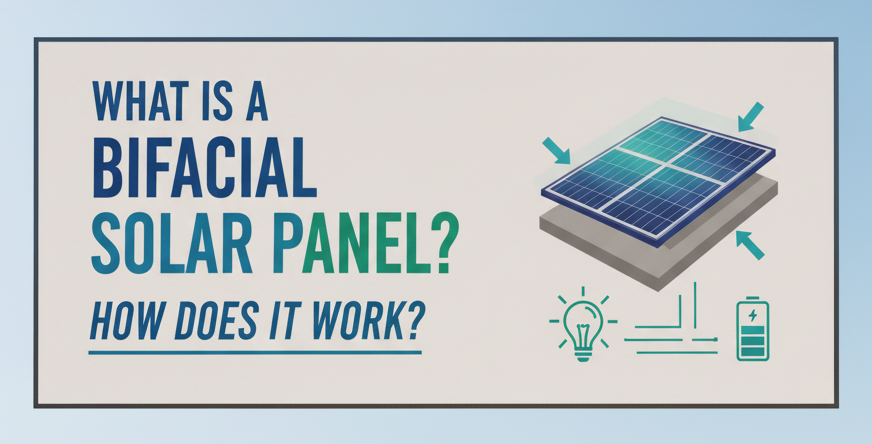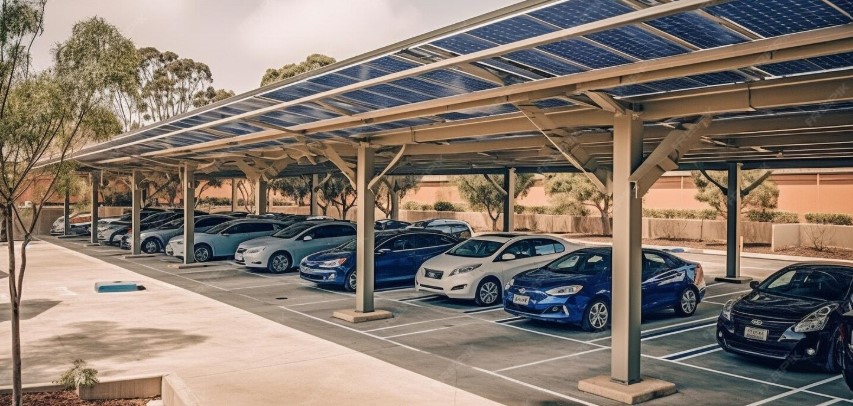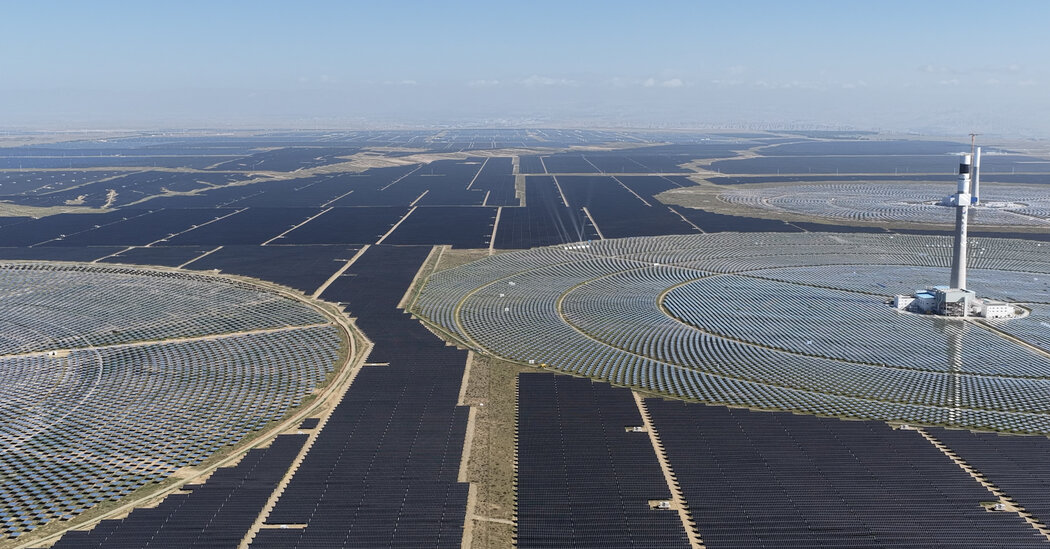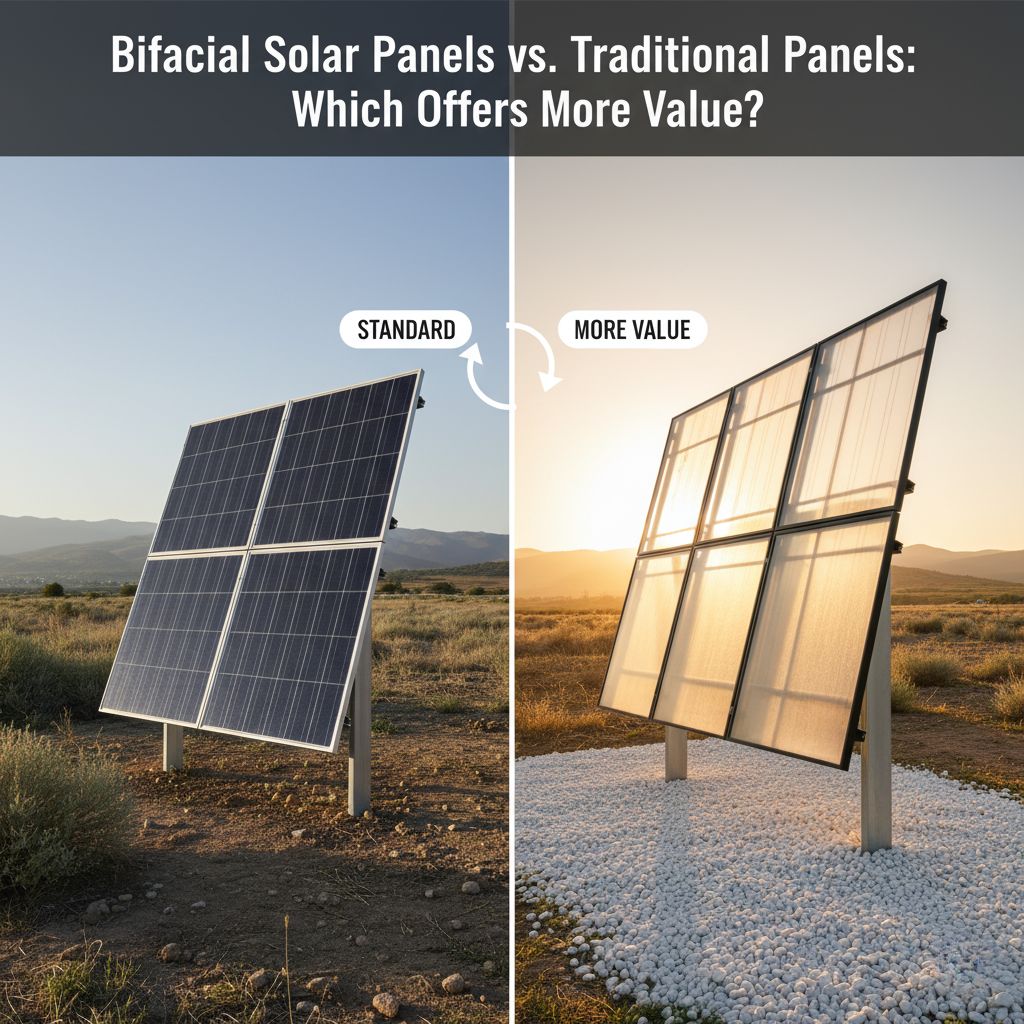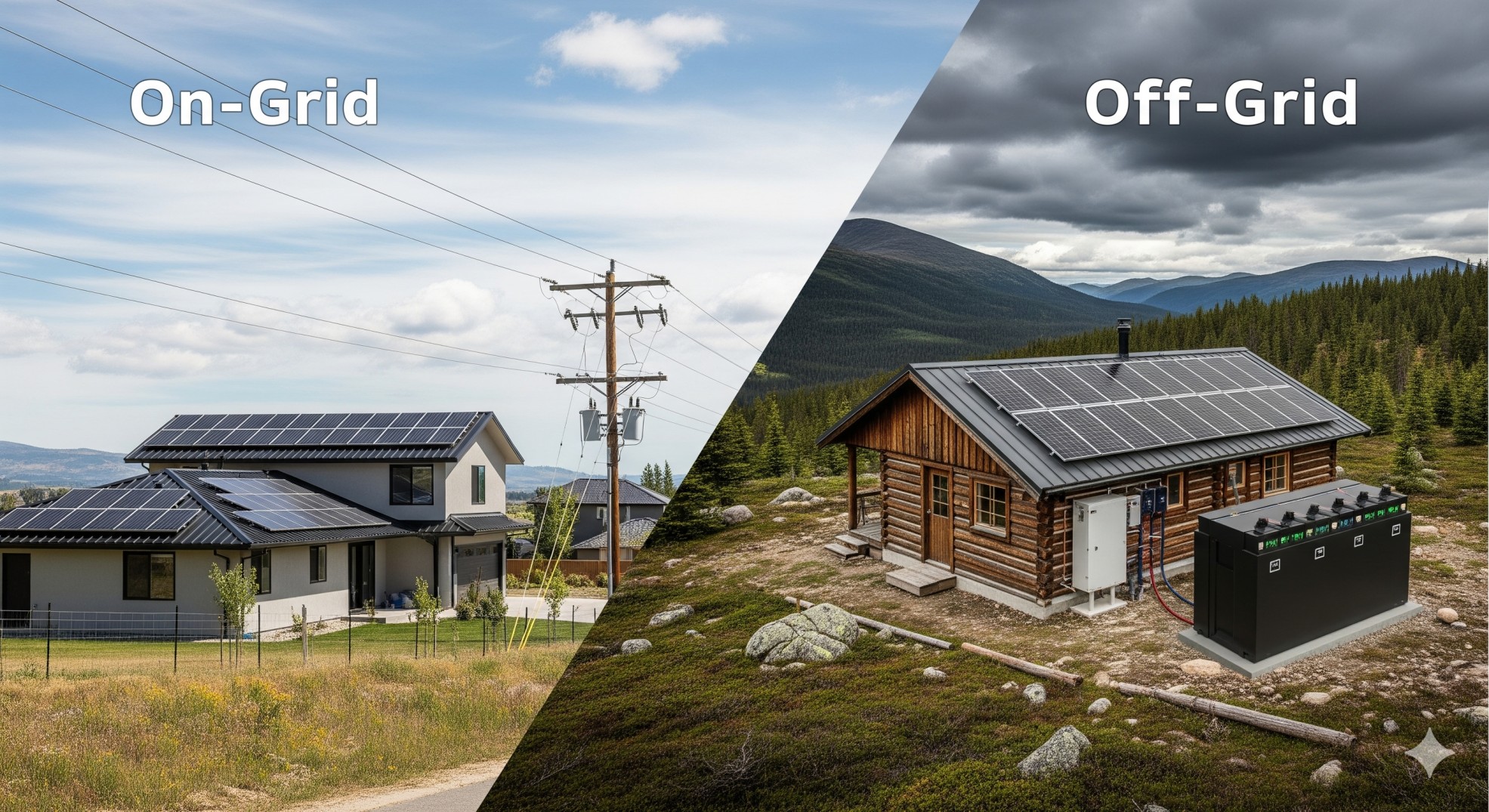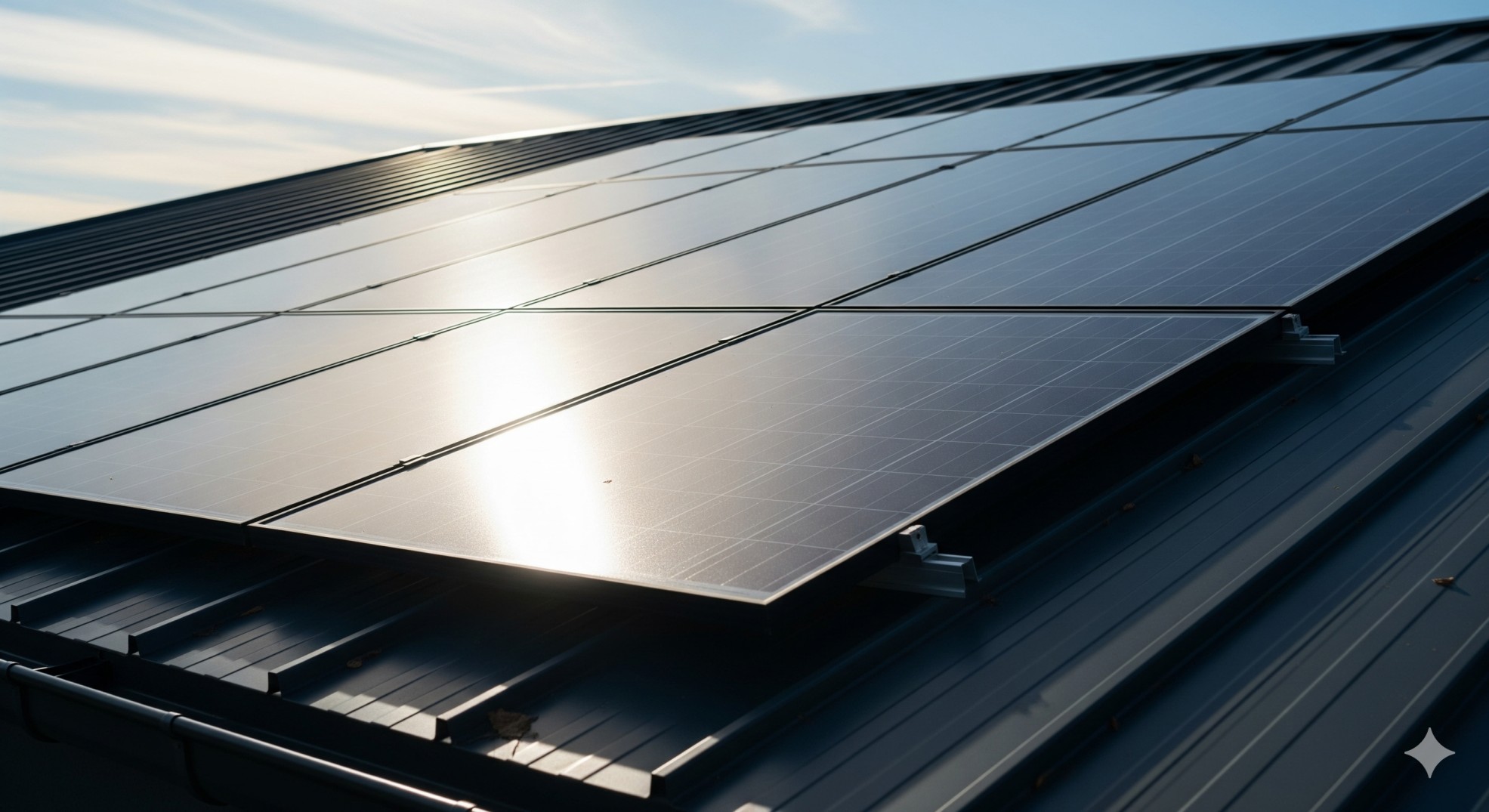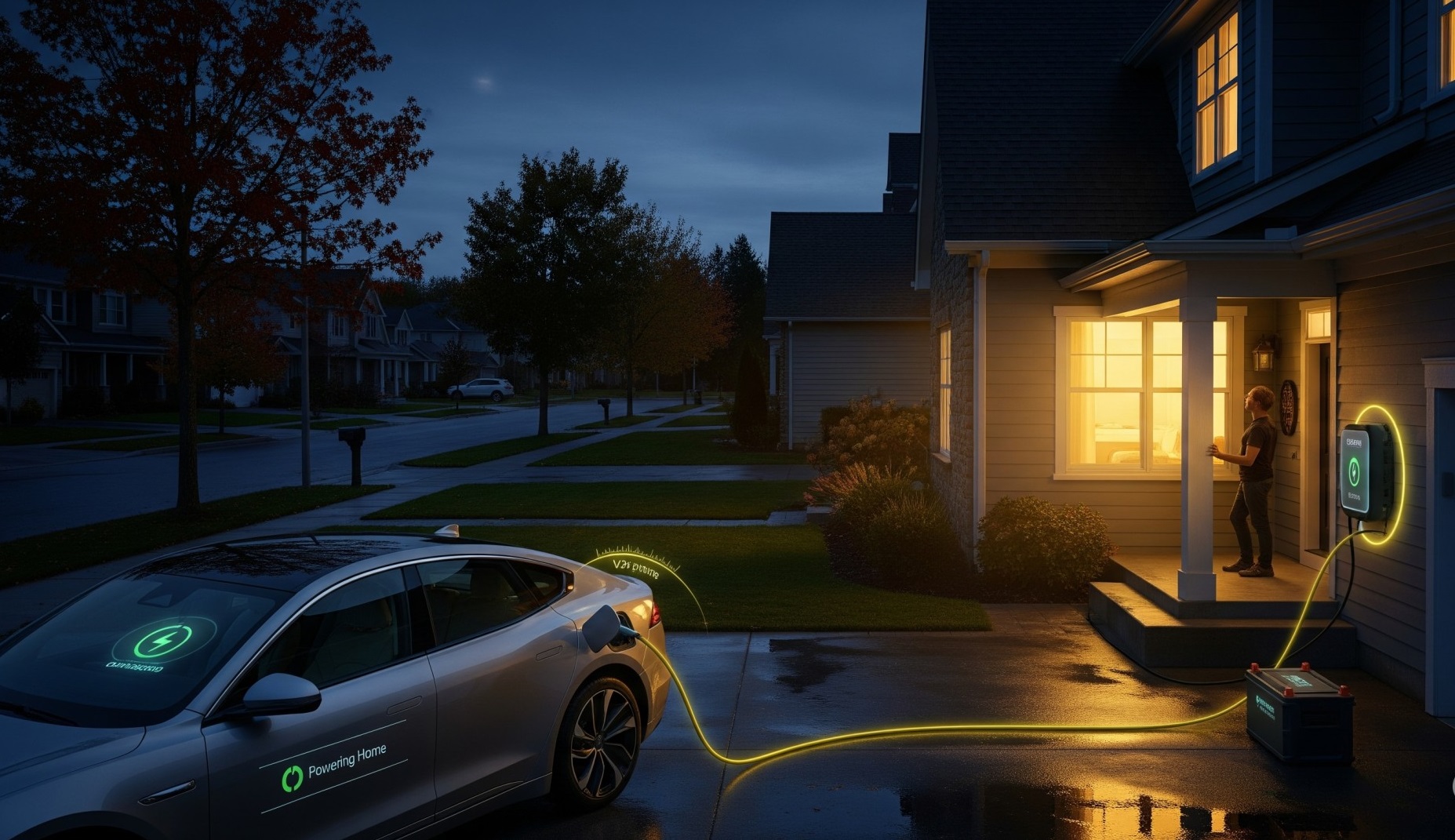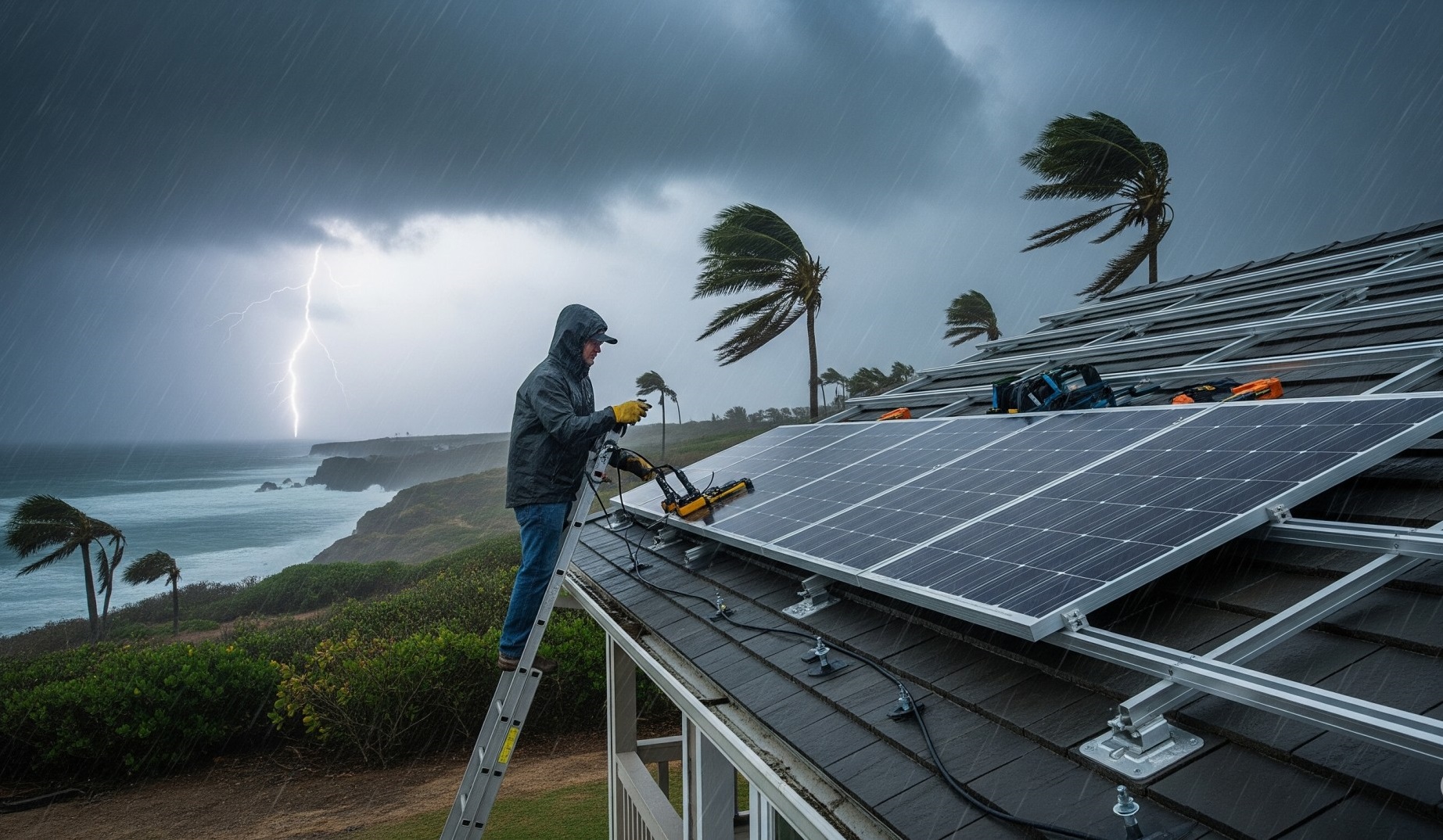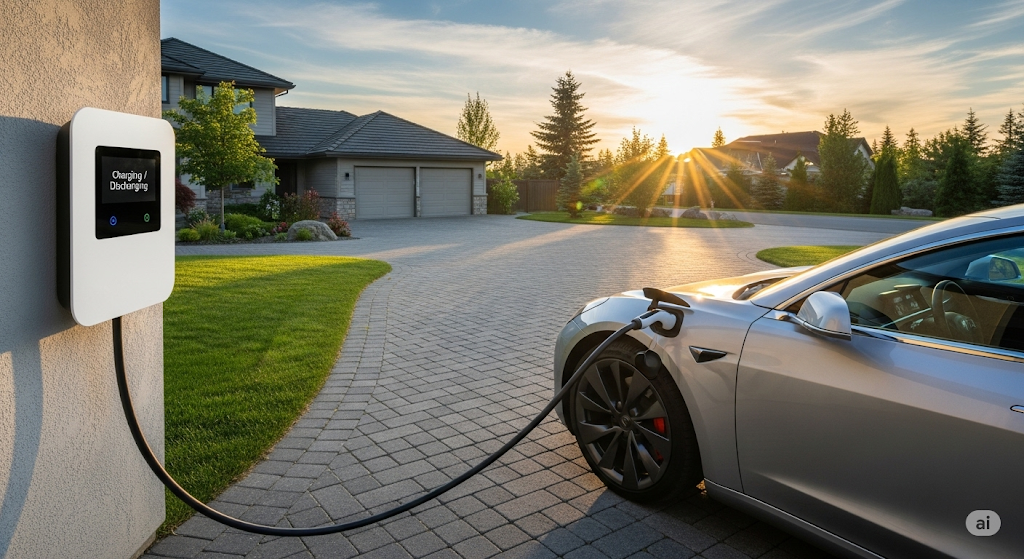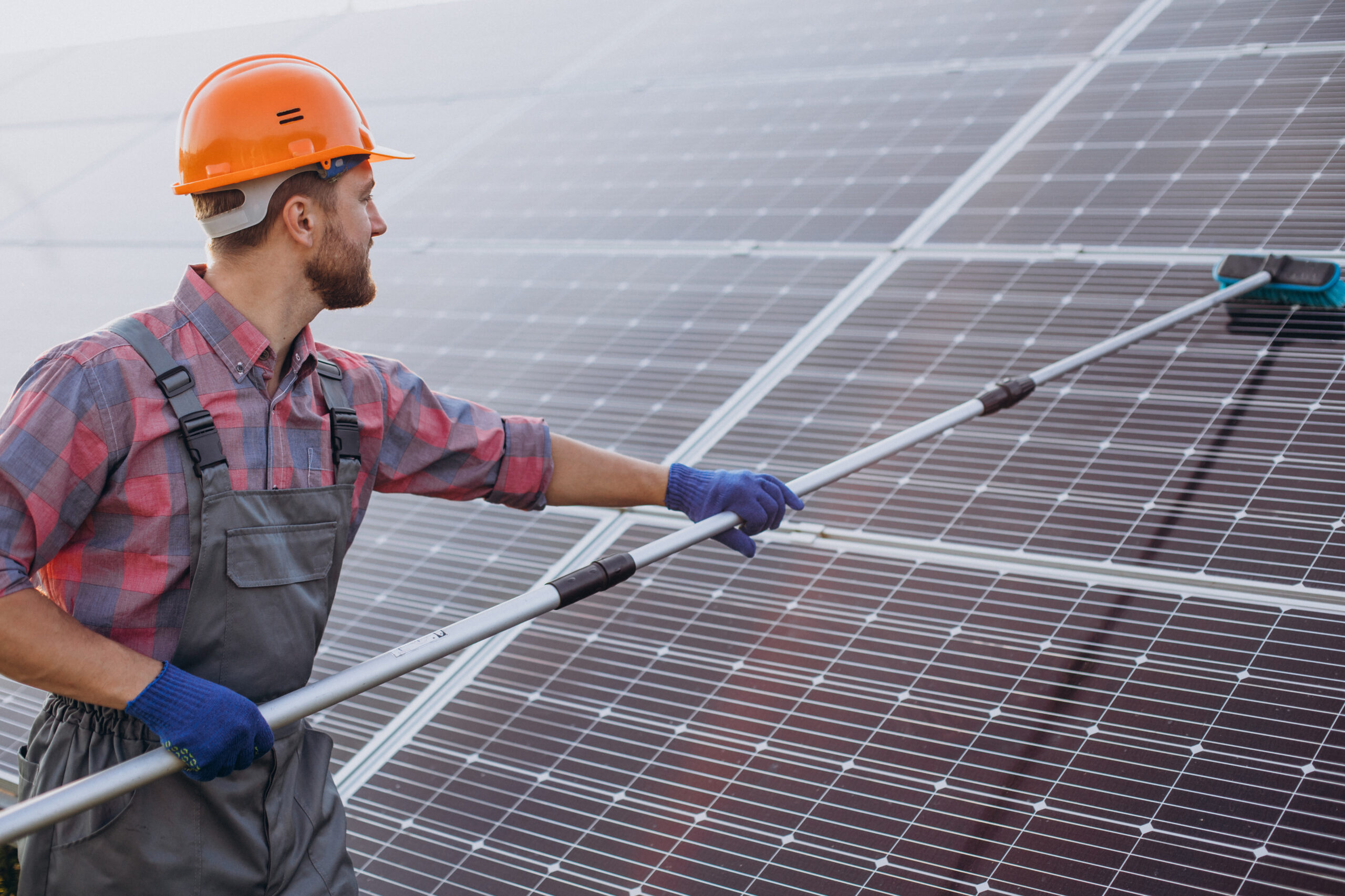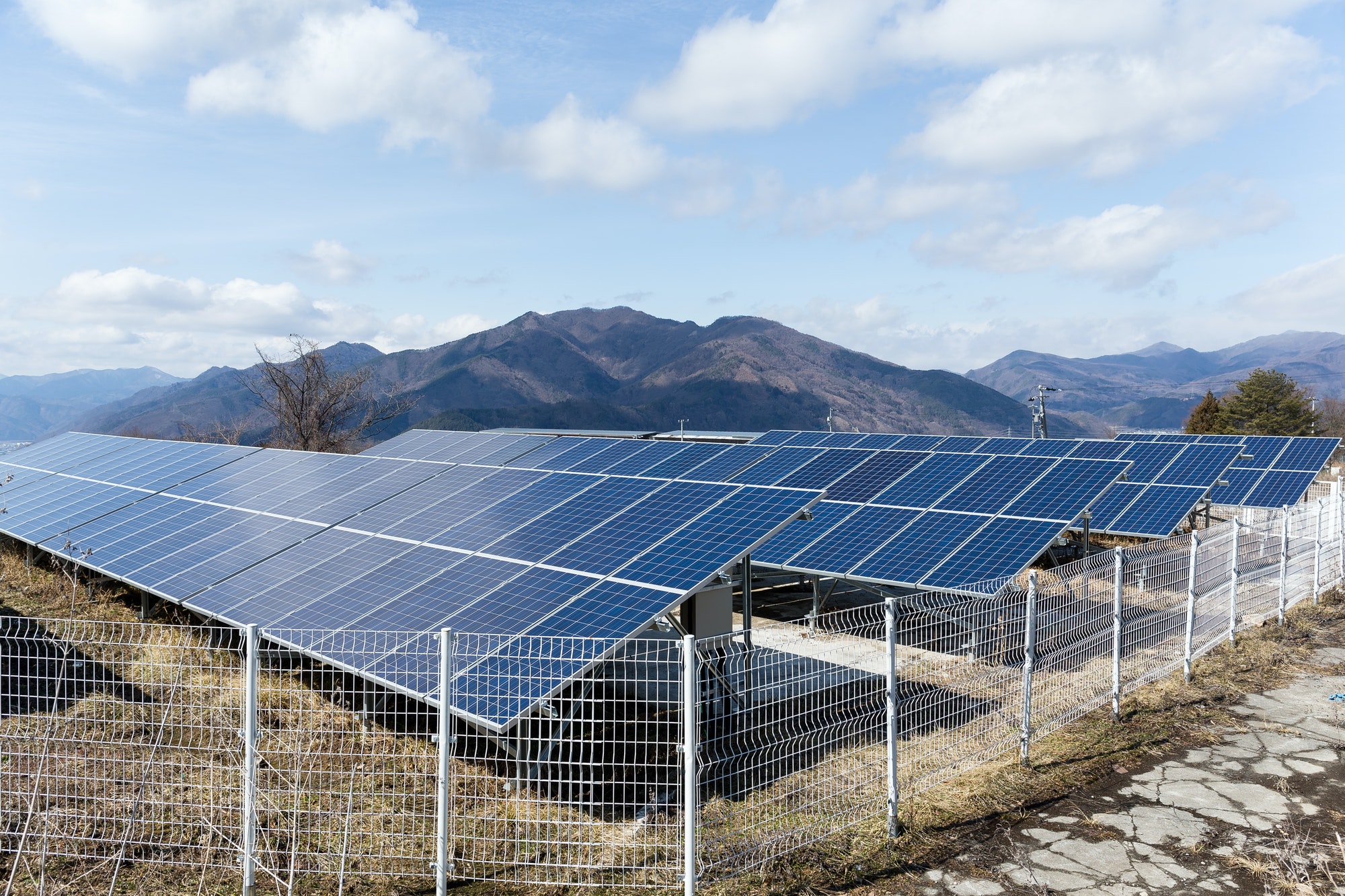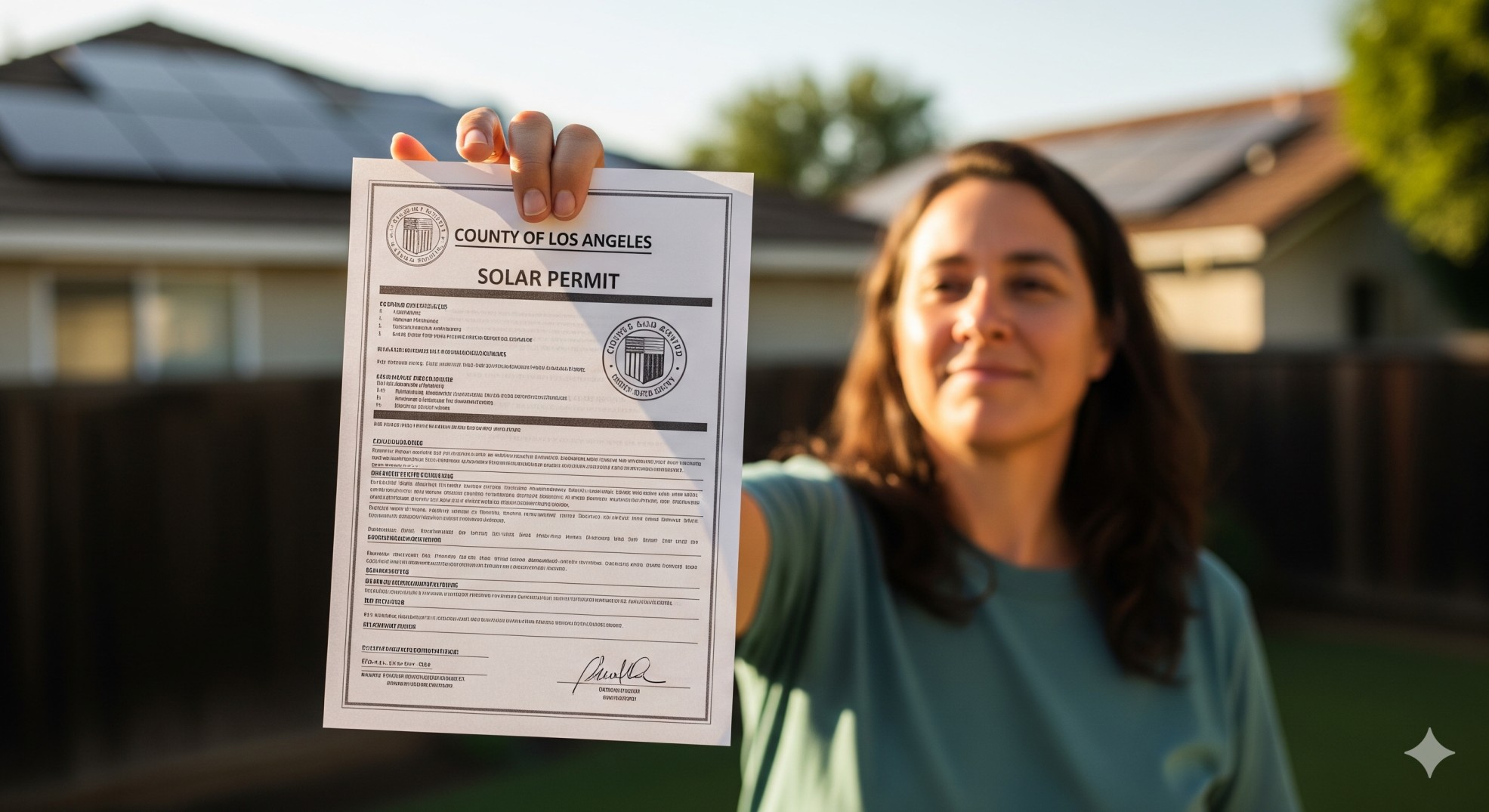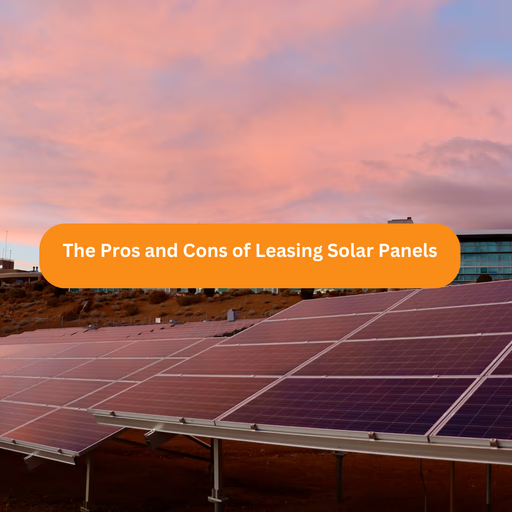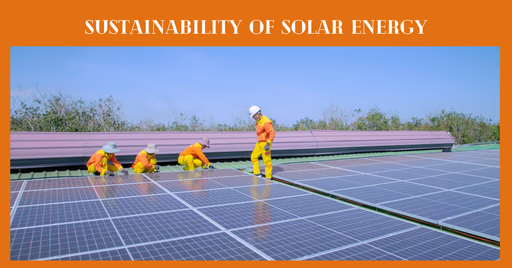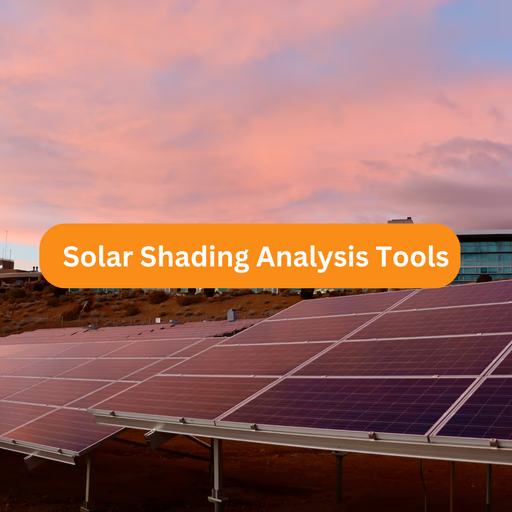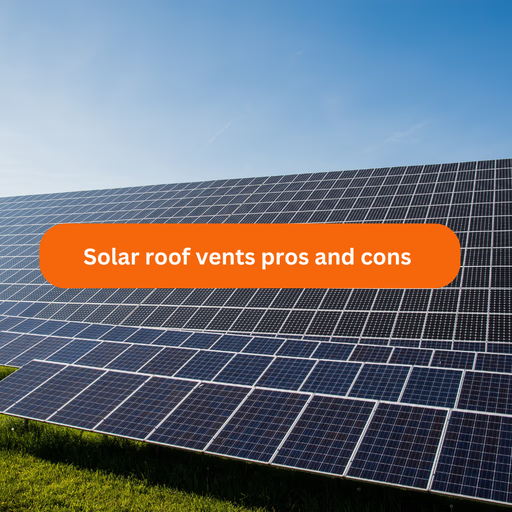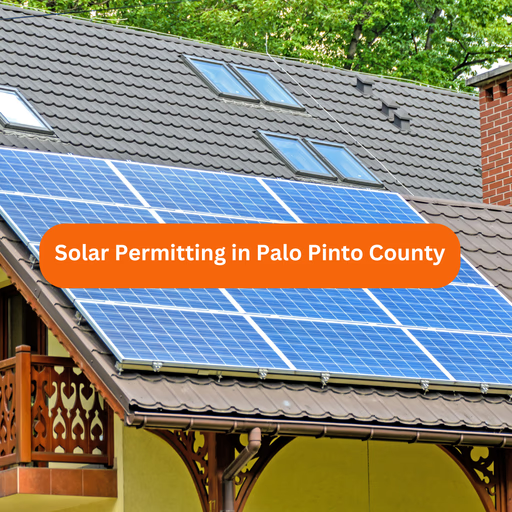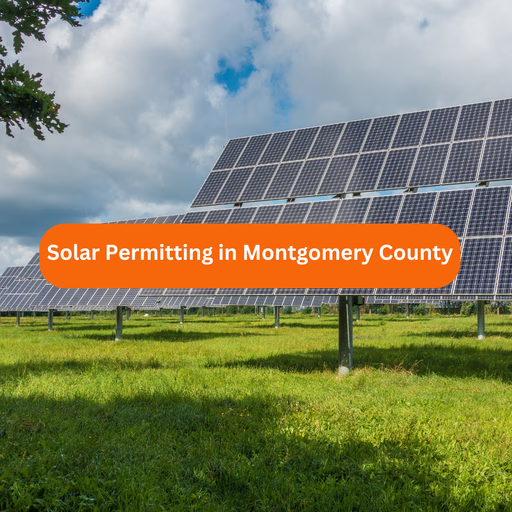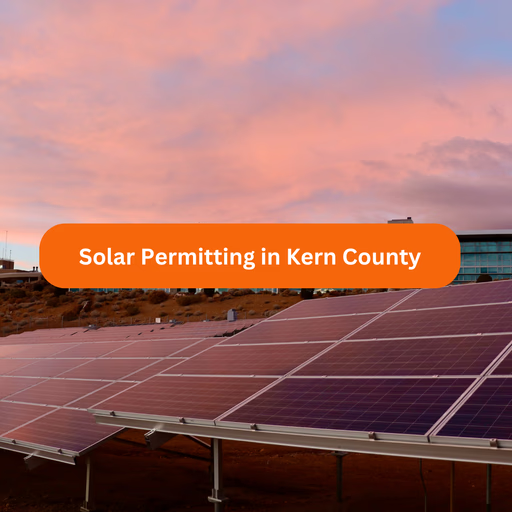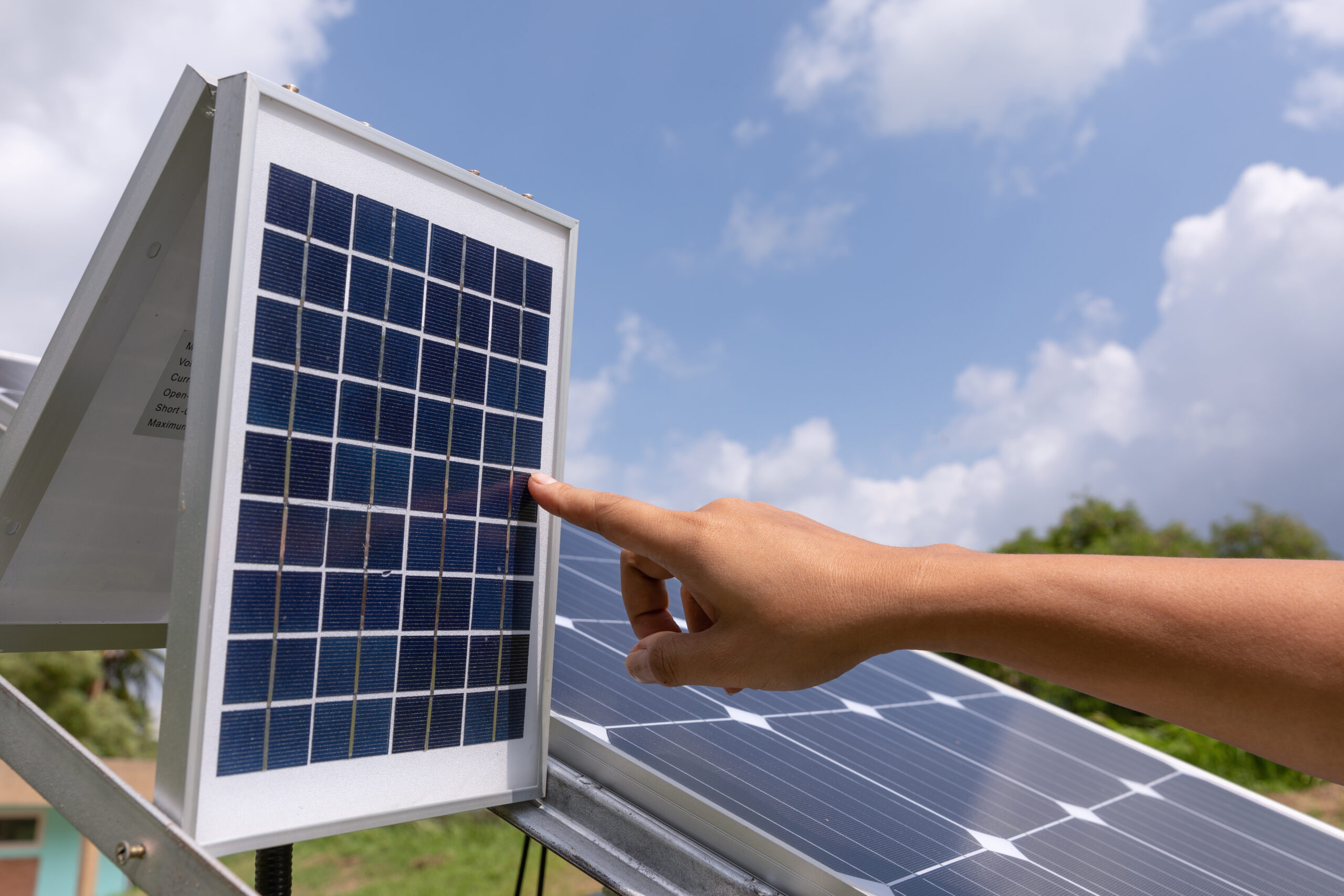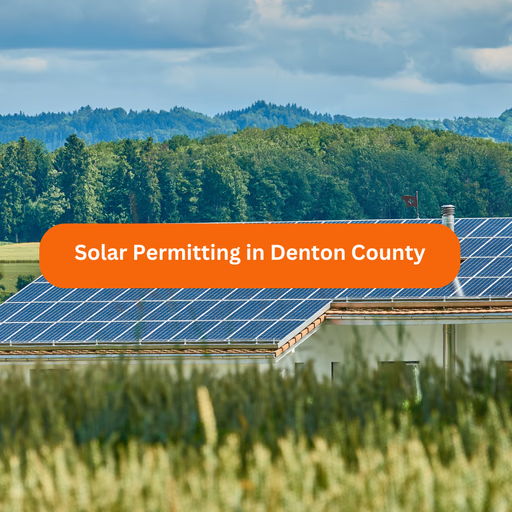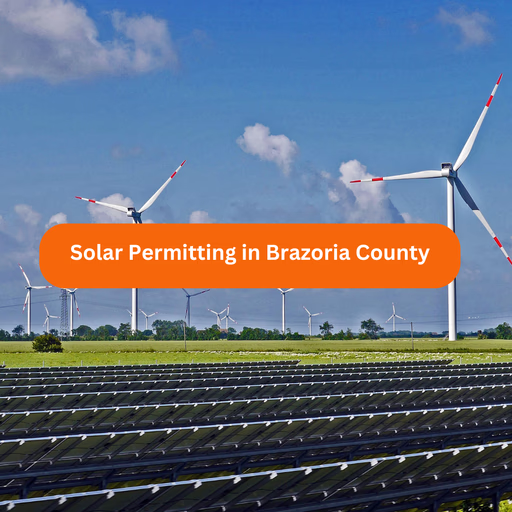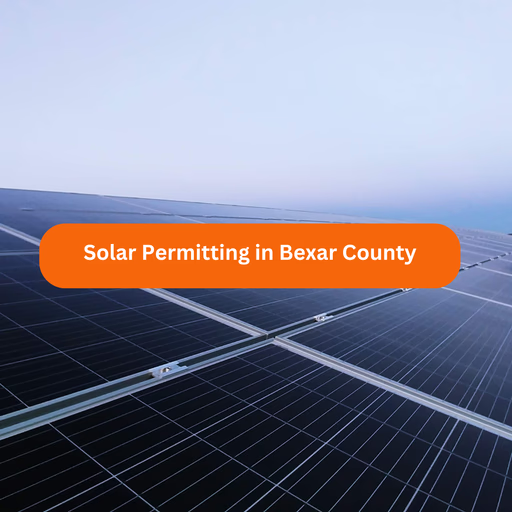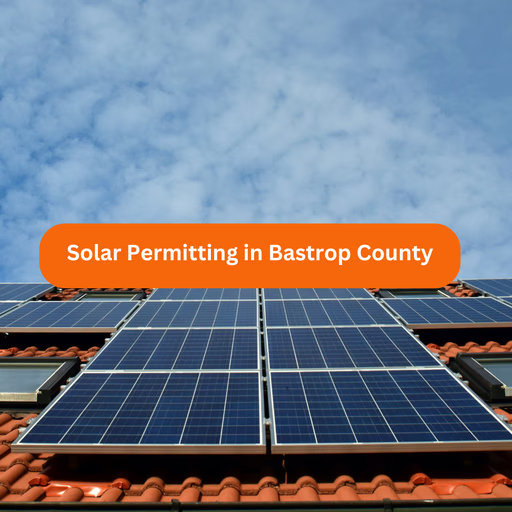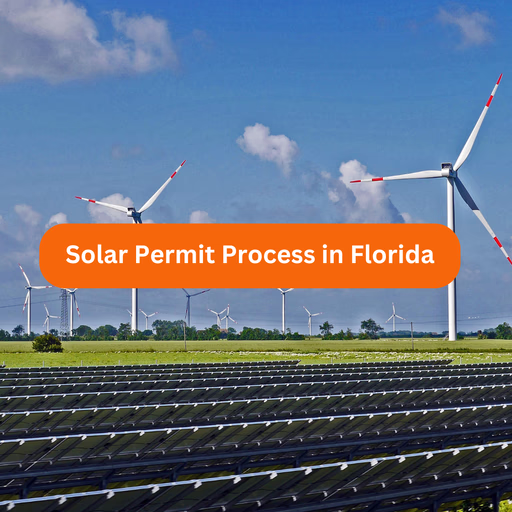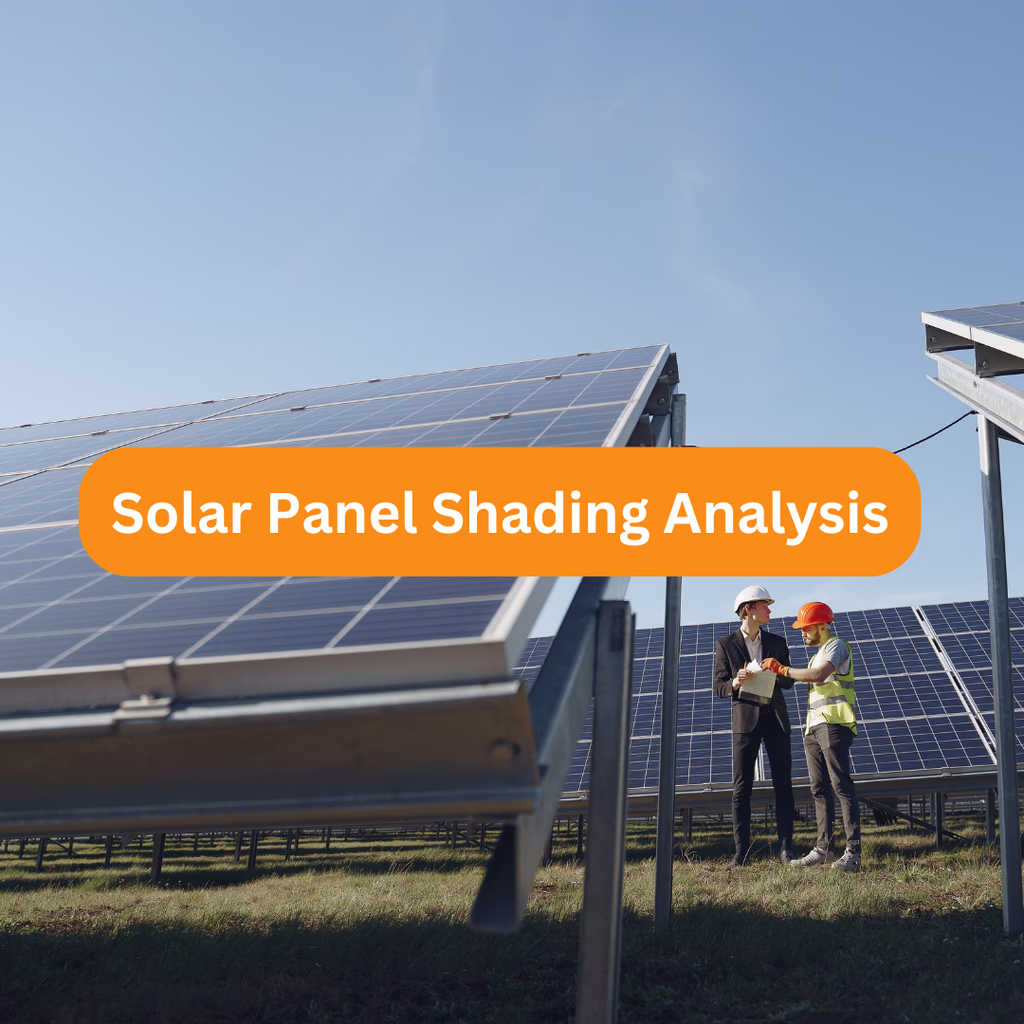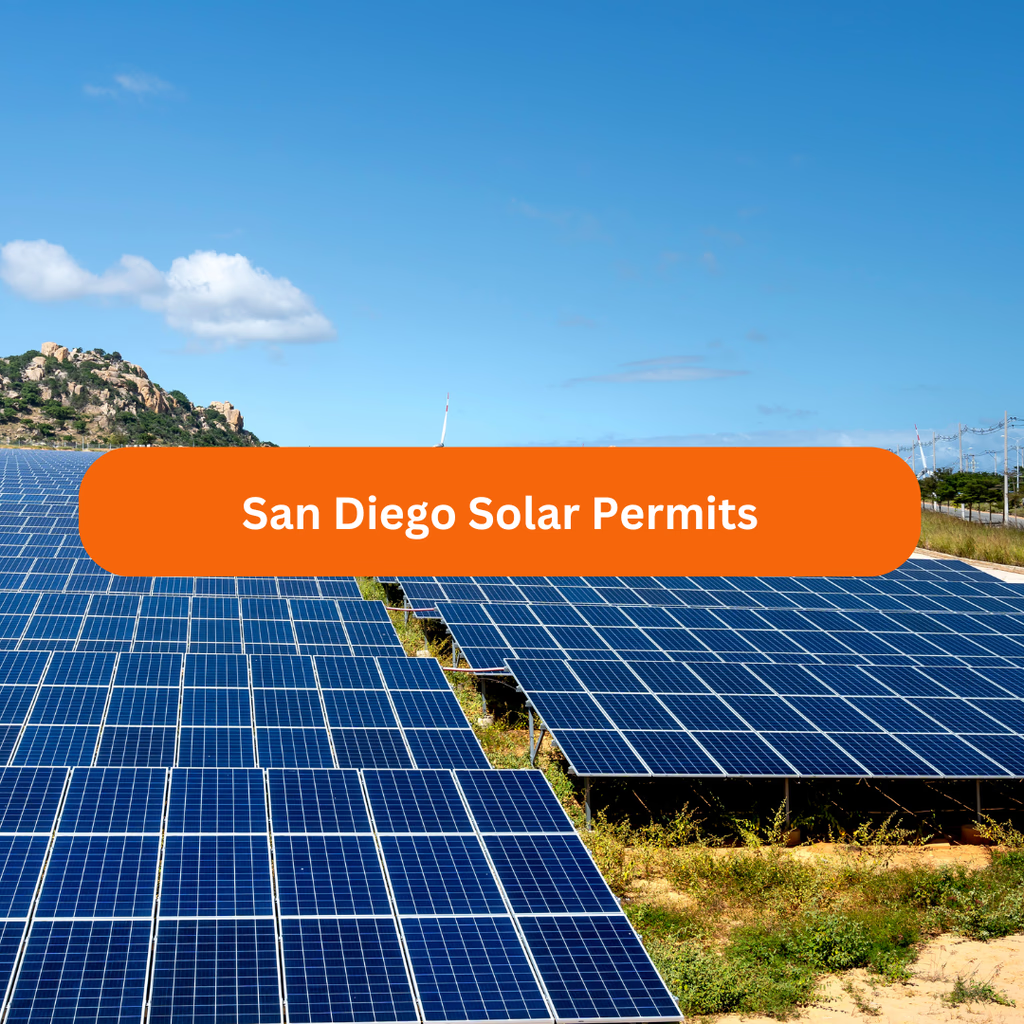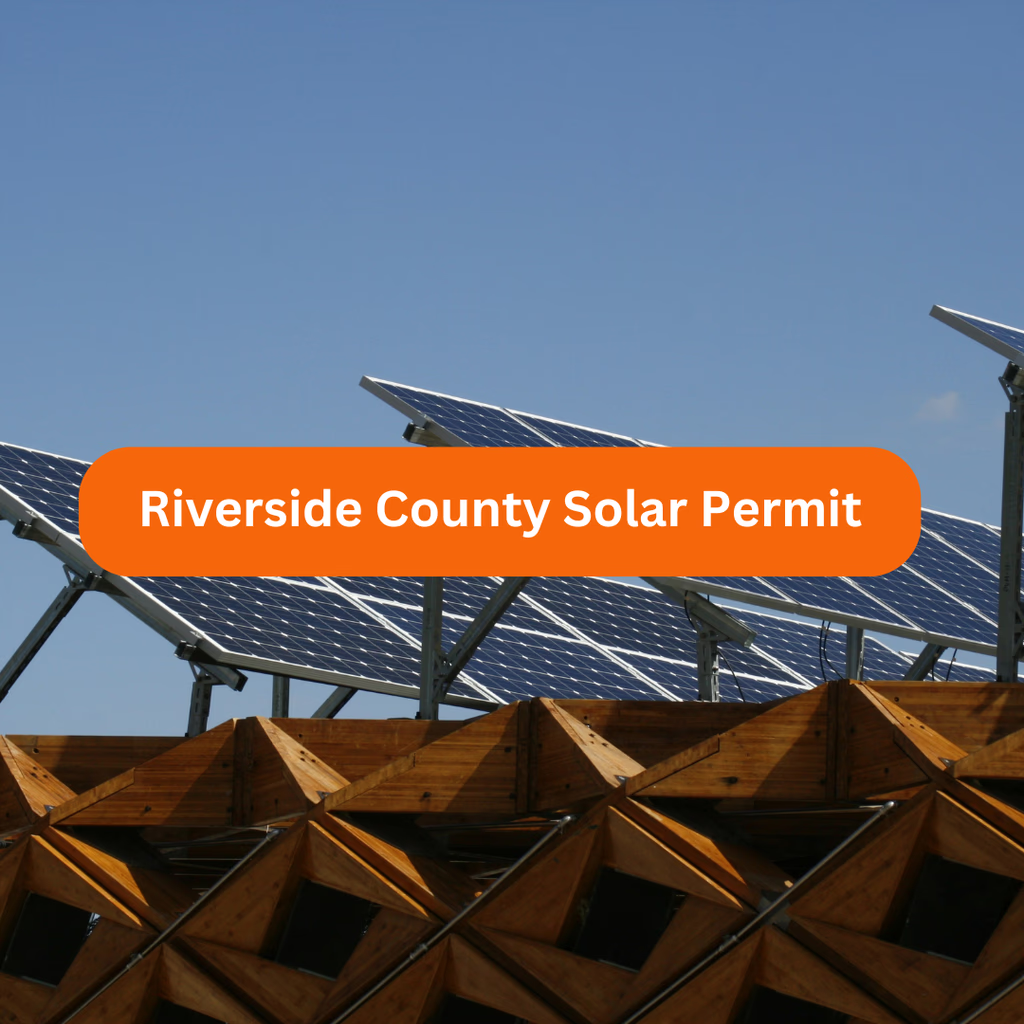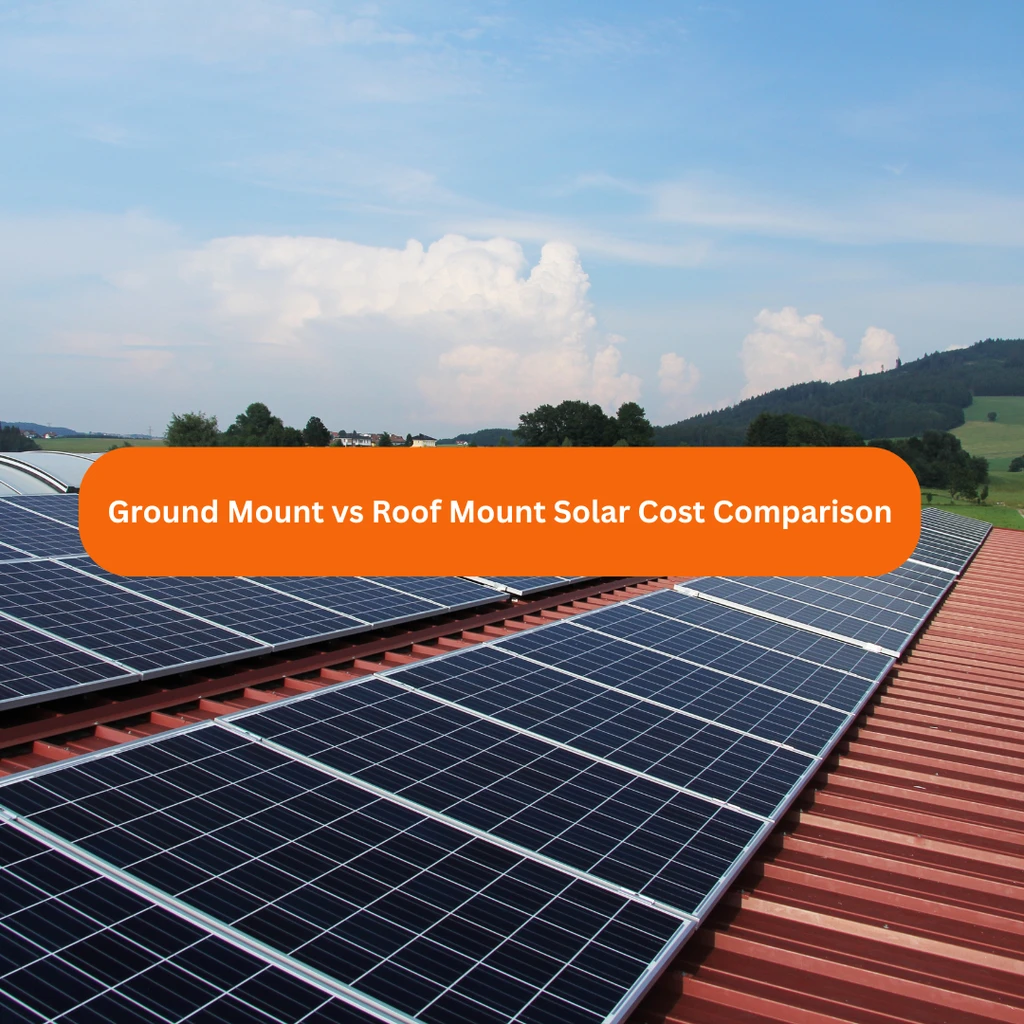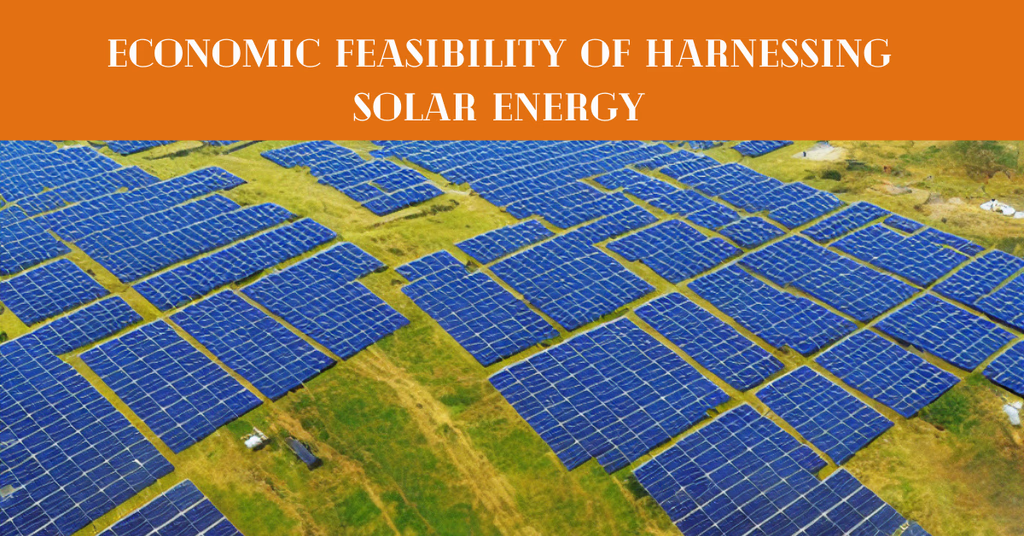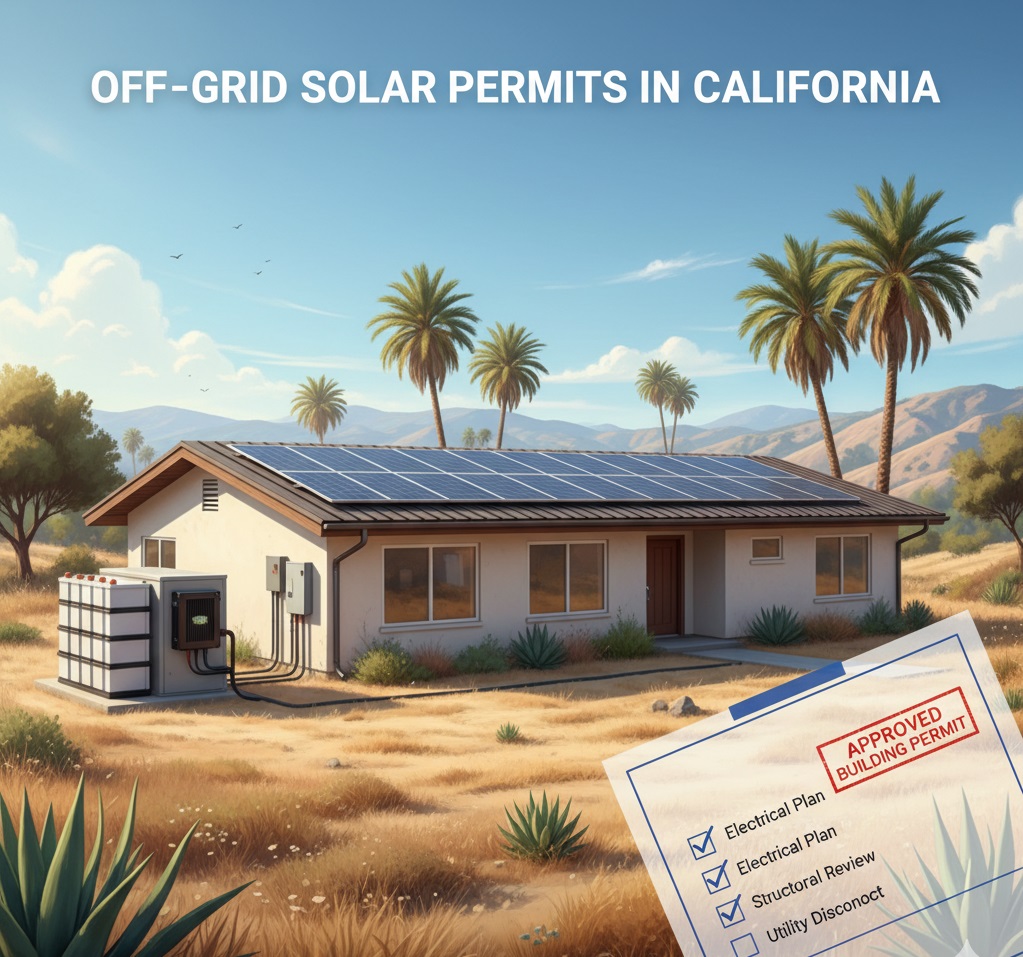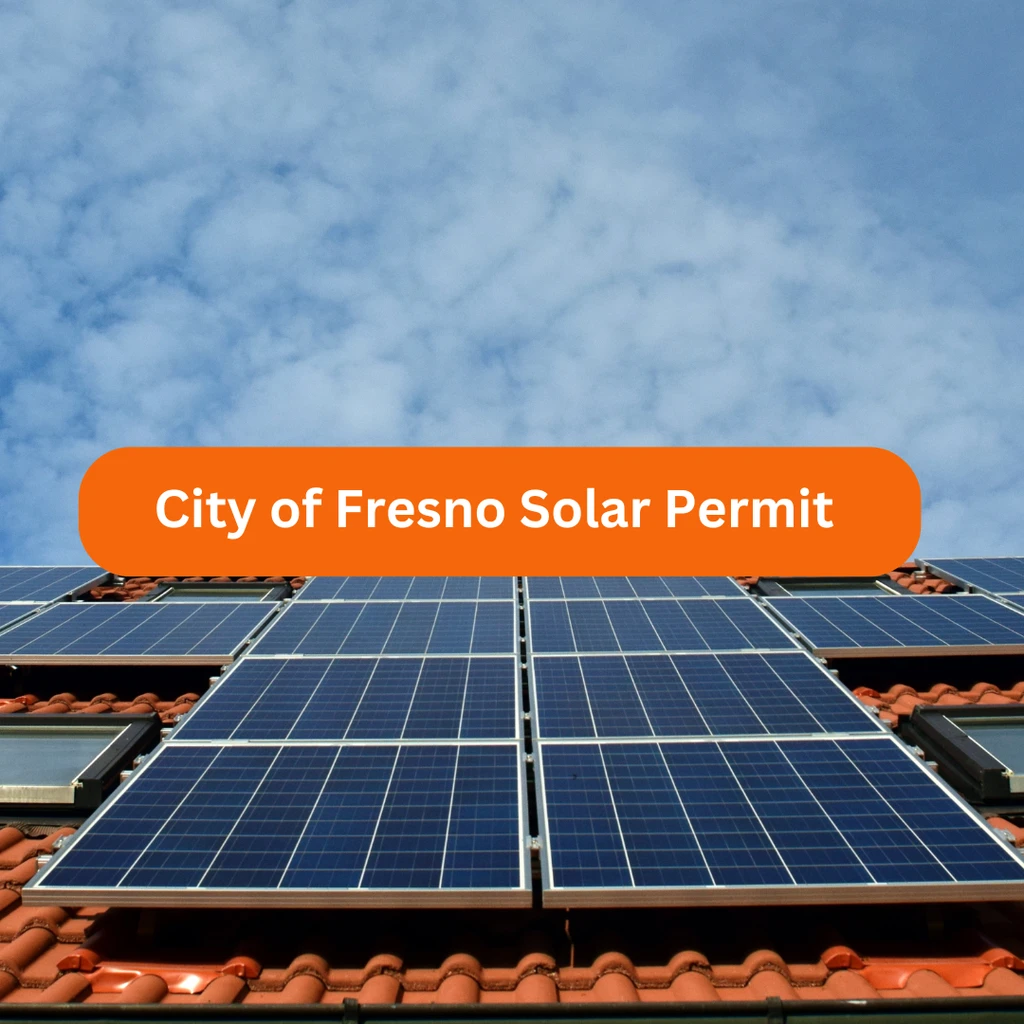As solar power continues to grow worldwide, more homeowners and businesses are investing in solar technology to reduce electricity costs and carbon footprints. However, when it comes to choosing the right solar panels, one important decision stands out — should you choose DCR or Non-DCR solar panels?
Understanding the difference between these two types is essential before investing in a solar power system. This article explores DCR vs Non-DCR solar panels, their advantages, differences, and how to choose the best one for your specific energy needs.
What Are DCR Solar Panels?
DCR solar panels (Domestic Content Requirement panels) are manufactured under local content regulations, meaning both the solar cells and solar modules are produced within the same country.
These panels are often supported by government programs to promote local manufacturing and ensure quality compliance.
Key Features of DCR Solar Panels
- Both solar cells and modules are locally manufactured.
- Comply with domestic production standards.
- Eligible for certain government-approved or policy-based incentives.
- Offer strong quality assurance and service support from local producers.
Benefits of DCR Solar Panels
- Eligibility for Subsidies or Incentives: In many regions, only DCR-compliant panels qualify for government financial benefits.
- Quality Assurance: Manufactured under standardized conditions and subject to strict quality control.
- Easy Service and Maintenance: Local manufacturing ensures better customer support and faster replacements.
- Supports Local Industry: Encourages domestic production and innovation.
Limitations of DCR Solar Panels
- Usually higher in cost compared to Non-DCR solar panels.
- May have limited availability depending on regional manufacturing capacity.
What Are Non-DCR Solar Panels?
Non-DCR solar panels are made using imported solar cells or modules from other countries. They’re often assembled locally or fully imported. These panels are popular for their affordability and high efficiency and are widely used in residential, commercial, and industrial solar installations.
Key Features of Non-DCR Solar Panels
- Use imported solar cells or components.
- Not bound by local manufacturing content rules.
- Typically not eligible for local subsidies or incentive programs.
Benefits of Non-DCR Solar Panels
- Affordable Pricing: Generally less expensive than DCR options due to mass production and import availability.
- High Efficiency: Some imported technologies offer slightly better energy conversion rates.
- Wider Range of Choices: Available in multiple capacities and technologies such as Mono PERC, Bifacial, or Thin-Film.
- Easier Availability: Readily accessible in most global markets.
Limitations of Non-DCR Solar Panels
- Usually not approved for government incentive programs.
- After-sales service may depend on distributors or importers.
- Does not directly support local manufacturing industries.
DCR vs Non-DCR Solar Panels: A Clear Comparison
| Feature | DCR Solar Panels | Non-DCR Solar Panels |
| Manufacturing Origin | Fully local (cells & modules) | Imported cells or modules |
| Eligibility for Subsidy | Eligible | Not eligible |
| Cost | Higher | More affordable |
| Efficiency | Standard to high | Often higher |
| Availability | Limited | Widely available |
| After-Sales Service | Easy access to local support | May vary with supplier |
Why Choose DCR Solar Panels
If your goal is to use locally manufactured components, qualify for incentive programs, and ensure reliable long-term support, DCR solar panels are an excellent choice.
They are ideal for:
- Homeowners who want high-quality, regulated products.
- Projects requiring local compliance or certification.
- Users who prefer panels with clear traceability and warranty coverage.
Why Choose Non-DCR Solar Panels
Non-DCR solar panels are perfect for those who prioritize affordability and high efficiency over local content rules. They are widely used in large-scale commercial projects and off-grid systems where policy compliance is not required.
They are ideal for:
- Cost-sensitive installations.
- Businesses focused on rapid ROI.
- Large energy projects needing scalable and efficient solutions.
Which Option Is Best for You?
Choosing between DCR and Non-DCR solar panels depends on your budget, performance needs, and project goals.
- Choose DCR solar panels if you value quality assurance, regulatory compliance, and eligibility for government-based incentives.
- Choose Non-DCR solar panels if you want a cost-effective, efficient, and easily available solar solution without subsidy considerations.
Both panels perform effectively in generating clean, renewable power — the difference lies mainly in manufacturing origin, cost, and policy alignment.
Final Thoughts
Whether you choose DCR or Non-DCR solar panels, both options contribute to cleaner, greener energy production and long-term savings.
If you value policy incentives, local sourcing, and quality assurance, go for DCR solar panels. If you prioritize cost-efficiency, high performance, and quick availability, Non-DCR solar panels are ideal.
Either way, switching to solar energy remains one of the smartest decisions for a sustainable future.
FAQs on DCR and Non-DCR Solar Panels
1. What does DCR mean in solar panels?
DCR stands for Domestic Content Requirement, referring to solar panels made using locally manufactured cells and modules.
2. Are DCR solar panels more efficient?
Efficiency depends on technology rather than origin. Some Non-DCR solar panels may offer slightly higher efficiency due to advanced imported technology.
3. Can I get government incentives with Non-DCR solar panels?
Generally, no. Most incentive or subsidy programs apply only to DCR-compliant systems.
4. Which type lasts longer — DCR or Non-DCR panels?
Both have similar lifespans if they meet international quality standards. Durability depends more on maintenance and environmental conditions.
5. Are DCR solar panels worth the extra cost?
If you can access subsidies or prefer local manufacturing and support, the additional cost can be justified.

